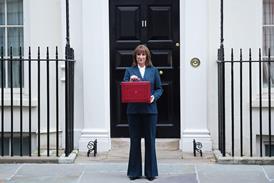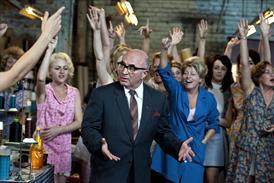A case brought by owners of apartments overlooked by Tate Modern’s viewing platform has reached the Supreme Court. The claimants, who own four flats in the Neo-Bankside development on London’s South Bank, took legal action against the Tate over its viewing platform, which offers a ‘360-degree view of London’ – including through their floor-to-ceiling windows into their homes.
They brought a claim in nuisance in an attempt to stop ‘hundreds of thousands of visitors’ looking through their windows from the gallery’s viewing platform, but the High Court dismissed their claim in 2019, with Mr Justice Mann finding they could lower the blinds or put up net curtains.
Last year, the Court of Appeal rejected the case but for different reasons, holding that ‘overlooking does not fall within the scope of common law nuisance’.
In Fearn and others v Board of Trustees of the Tate Gallery, the Supreme Court is being asked to consider whether a private nuisance is capable of providing a remedy against viewing from neighbouring land and whether public viewing from the Tate’s platform infringes Article 8 of the European Convention on Human Rights.
Tom Weekes QC, for the appellants, told the Supreme Court today that, if the Court of Appeal was right, his clients had no legal remedy if the Tate started ‘using its tenth-floor walkway as a nightclub’ playing loud music, as a barbecue emitting smoke, or even as a ‘rubbish storage area’.

The effect of the Court of Appeal’s ruling was that the Tate could open the platform ‘24 hours a day and it could provide every visitor to the viewing gallery with binoculars’, Weekes added.
Weekes also argued that the Court of Appeal ‘misunderstood how Article 8 should affect the development of common law principles’, adding: ‘It is difficult to think of a better or more appropriate case than this case for Article 8 to affect the development of the common law.’
Guy Fetherstonhaugh QC, for the Tate, argued in written submissions that the Court of Appeal was correct not to let the appellants ‘exploit the law of nuisance to let in by the back door a claim that does not belong to the tort’.
He added that ‘the change which the appellants seek to impose on the tort of nuisance cannot be described as incremental’, arguing that it would require ‘a conceptual decoupling of the tort of private nuisance from its fundamental concern with remedying wrongs to real property rights’.
The hearing is due to conclude on Wednesday afternoon and it is expected that judgment will be reserved.
























4 Readers' comments